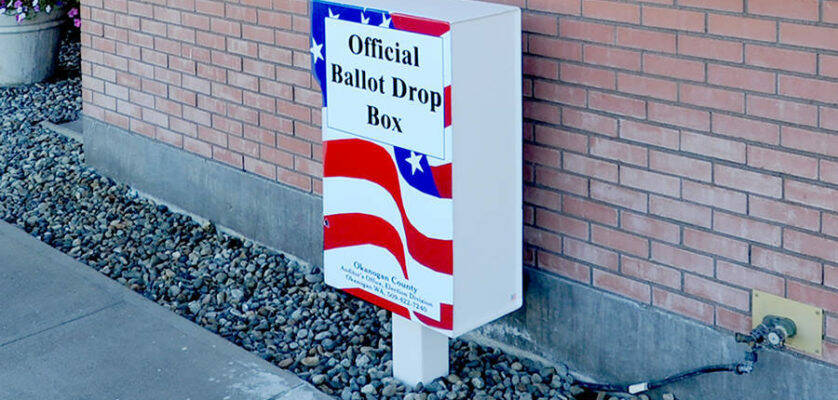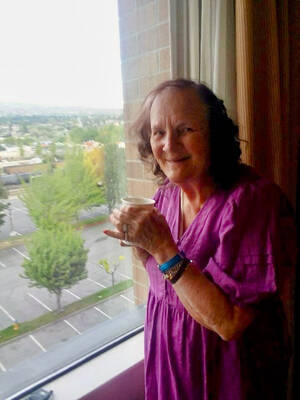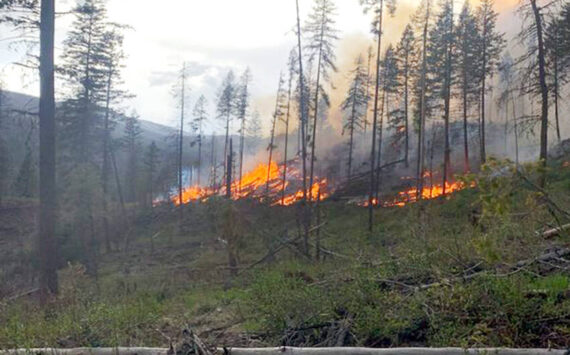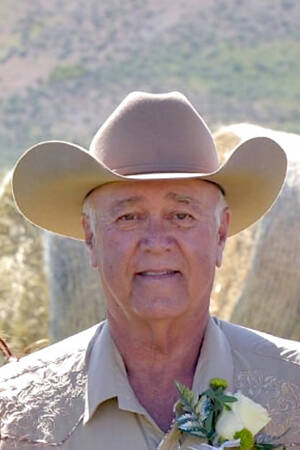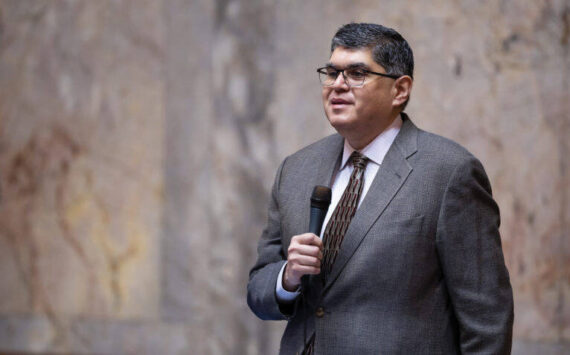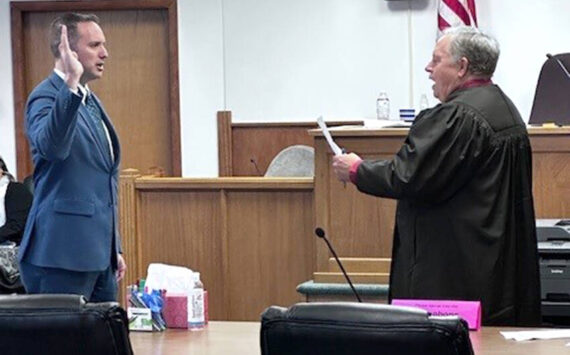By Carleen Johnson | The Center Square
(The Center Square) – The Washington Secretary of State’s Office is expecting a flood of last-minute primary ballots to be turned in this week, as early returns have been far below this same time in the 2020 primary election.
“At this point in 2020, the total number was 21.75% and currently it’s at 15.82%,” said Derrick Nunnally, SOS deputy director of external affairs.
Those percentages, showing nearly 6% fewer returned ballots, were as of last Friday evening.
Nunnally said his office expects a lot more ballots coming in over the next couple of days.
“Historically what we get in at the beginning of election week, is about half of the total we’ll get,” he told The Center Square.
Voters over the age of 65 have been getting their ballots returned sooner than others, according to the SOS ballot return statistics page, with 32.1% of older voters having ballots mailed back as of last week, while just 6.2% of voters between the ages of 25-34 had ballots in as of last Friday.
“It’s summer, and people are traveling, but generally the number at the beginning of the week ends up being about half the total that show up when all is collected,” Nunnally explained.
Ballots must either be postmarked no later than election day, Tuesday, or returned to a ballot drop box by 8 p.m. on election day.
“The best thing you can do at this point is put it into a county drop box or drop it at a voting center because those will be open up until 7:59 pm Tuesday,” said Nunnally. “If you put it in a mailbox there’s a risk it won’t be counted because of postmarks and collection times vary for those mailboxes.”
The SOS website has a breakdown of returns so far based on county, number of challenged ballots, and several other categories.
Very few ballots are challenged for things like signatures issues, but in some counties challenge rates are higher.
“It’s less than 1% of ballots that are challenged overall,” Nunnally noted.
The total number so far in this election is .81%, often a signature issue or forgetting to sign the outside of the envolope.
However, some counties have larger percentages of challenged ballots, like in Walla Walla County where 2.3% of the ballots returned as of last week were being challenged.
Those voters need to contact the county elections division to address whatever the issue is.
Slight variations in a signature over the years isn’t something voters have to worry about, Nunnally reassured.
“It’s real people, not AI looking at those signatures and they go back a few election cycles, and they understand that people’s signatures can change a bit over time,” he said.
Washington’s primary is a top-two primary, meaning only the top two vote-getters will advance to the general election in November, regardless of party preference.
“We have all nine state elected offices, and many of these races have a lot of candidates in there with only the top two going onto November’s ballot,” Nunnally said.
Most counties also have special election issues like fire district levy requests and other measures on the ballot that will have a direct impact on taxpayers.
